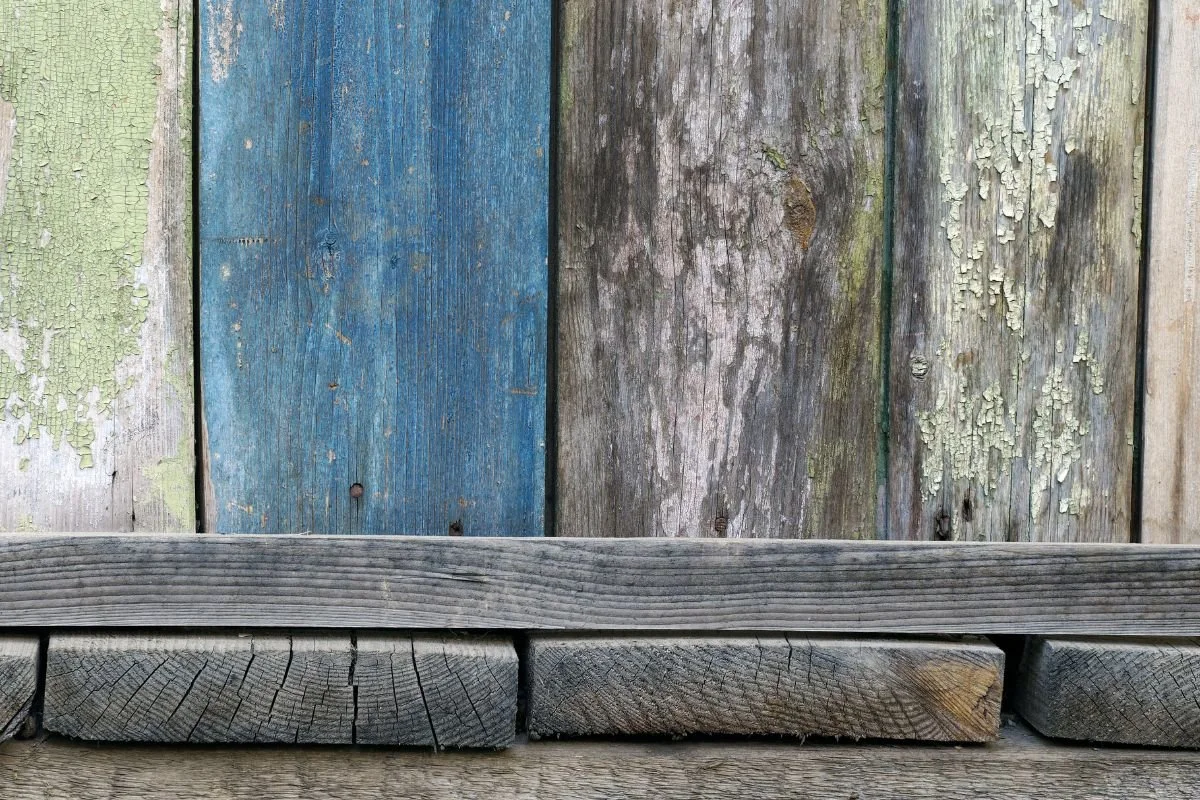Cleaning Up Meth Residue: Where to Start
Methamphetamine, commonly known as meth, is a growing problem in Aotearoa New Zealand. Some sources state that it’s now much easier for drug users to access meth than marijuana and that tens of thousands of Kiwis are currently using it.
Not only is meth harmful to your health, but it can also be harmful to your home. While meth users absorb the majority of chemicals in meth smoke, a significant amount is also left to settle on surfaces in your home, putting you or future home occupiers at risk of illness.
If you live in a meth-contaminated home or believe you do, it’s hard to know where to begin to make it safe for your loved ones. Follow these steps below, and you might be on your way to making it healthy and safe once more.
Step 1: Undertake Testing
Before concerning yourself with meth cleaning, take the time to find out just how contaminated your home is. Meth testing can be crucial for determining the level of cleaning your property requires. It might also help you learn whether your home was used for meth cooking or smoking.
Based on Chief Science Advisor to the Prime Minister, Sir Peter Gluckman’s report, testing is necessary when the police have advised you of your home’s use for meth manufacturing or when you suspect it has had heavy use.
You can carry out a rapid test, which you can purchase online, and these tests measure residue at low levels between 0.5mcg and 1.5 mcg/100 cm2. If these rapid tests come up positive, meth testing through expert companies can be crucial for learning about high-level contamination. Armed with this information, you can make an informed decision about what comes next.
Step 2: Perform a Triple Clean Process
When testing has identified low-level meth contamination of up to 1.5 micrograms per 100cm2, you can talk to meth cleaning experts about a triple-clean process. This cleaning process involves trained technicians decontaminating your home and returning it to a habitable standard as a precautionary measure.
Once this clean has been performed, you can rest assured that no nasty and potentially harmful residue is left behind.
Step 3: Perform High-Level Contamination Cleaning
If a house you’ve just purchased has previously been used in the manufacturing process of meth, it’s time to call in the big guns. Meth cleaning technicians can be relied upon to undertake a site visit, learn about the extent of the damage, and use specialised cleaning equipment and products to bring the meth levels down to a safer level.
However, cleaning products and equipment alone might not be enough to make your home habitable. In this case, you might need to move to step 4, which involves the removal of building materials. This is generally a necessity for homes used for manufacturing.
Step 4: Strip Out Porous Materials
The harsh reality is that meth features so many toxic chemicals that cleaning alone might not be able to get them all out of your home. In a house severely impacted by meth, porous materials might need to be removed to bring contamination levels down to a ‘safe’ level.
While non-porous materials can typically be decontaminated, such as furnaces, cabinets, hard flooring, plasterboard, and doors, porous materials like carpets, curtains, acoustic ceiling tiles, exposed insulation, and drop-ceiling tiles, would need to be removed.
How to Know If My House is Contaminated With Meth?
Meth-affected homes don’t typically have large signs saying ‘the occupants of this house smoked/cooked meth’. Sadly, testing is usually the only sure-fire way to know whether it’s contaminated.
However, there can be some tell-tale signs that a house you’re looking to purchase might have been contaminated. It might have all newly painted walls, a renovated kitchen, and new carpet. It might also have extractor fans in strange places, strange plumbing or rewiring, and signs of smoking inside the house, such as cigarettes littered around the property.
You might also have your suspicions concerned by noting suspicious smells like vinegar and ammonia, identifying unsanitary conditions, and even by talking to neighbours. Some neighbours can be more than willing to offer up information about a property based on what they have witnessed from past tenants and owners.
Depending on the level of contamination, home occupants might also become unwell, especially children. The most common meth exposure-related symptoms include:
Headaches
Nausea
Vomiting
Respiratory difficulties
Eye irritation
If you live in a home with anyone who has been experiencing these symptoms, meth testing and meth cleaning might be a worthwhile consideration.
Consider Meth Testing and Meth Cleaning Today
Meth contamination can be serious, especially when tests come back identifying high levels. If you’re concerned about meth contamination and want to put your family’s health first, consider booking in for meth testing and potentially cleaning for much-needed peace of mind.

